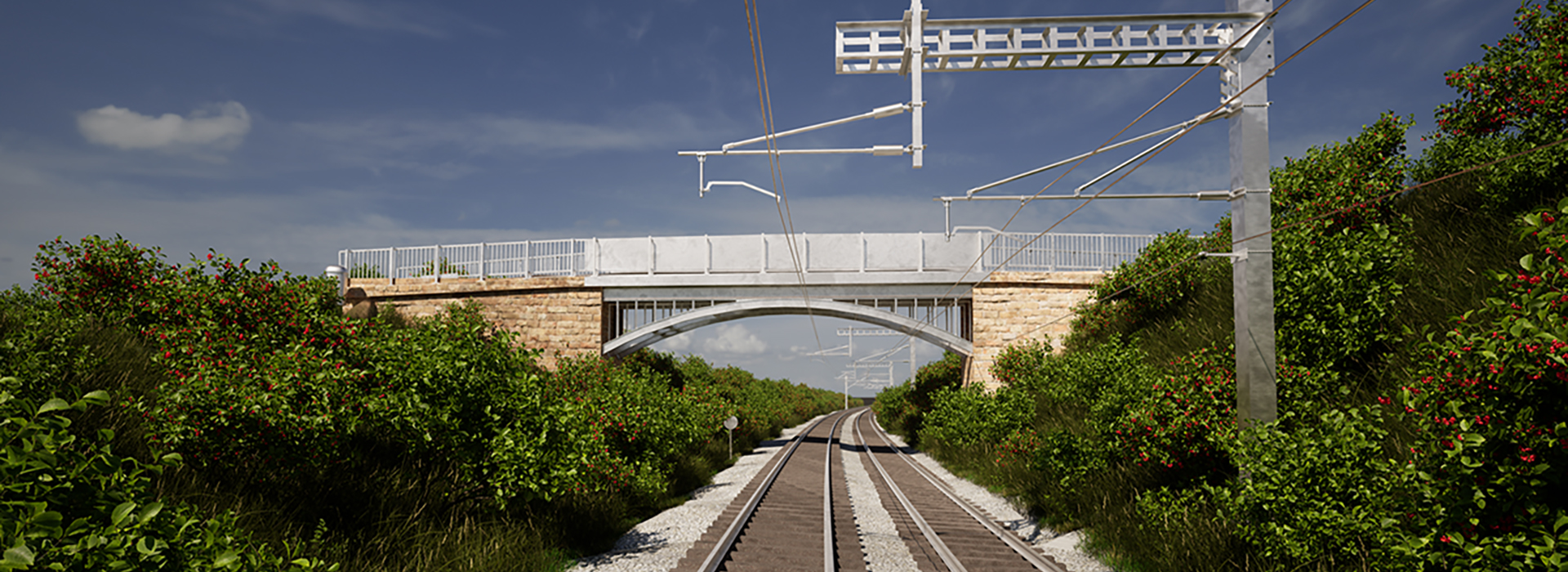
Originally constructed between 1830 and 1834, the Grade II-listed bridge at Crawshaw Woods is now the earliest cast-iron railway bridge in the world to still be in place over an operational railway, and is recognised by Historic England as one of the most significant structures along our route.
It currently carries a Public Right of Way and private vehicular rights over it.
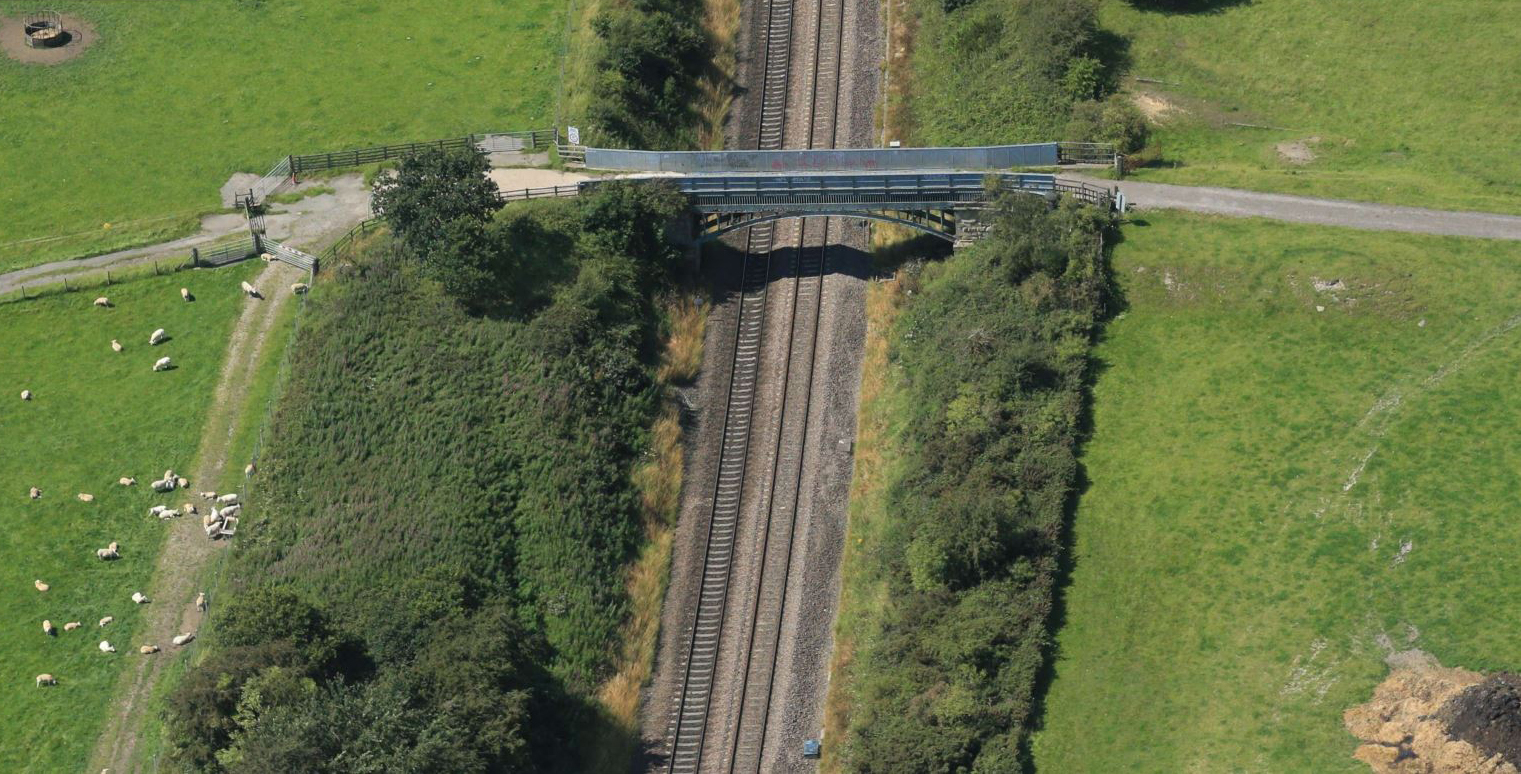
An aerial view of Crawshaw Woods Bridge © Network Rail Air Operations
We carried out a public consultation to share our proposals with the local community and hear their feedback on our plans during October and November 2022.
In Autumn 2024, the Secretary of State for Transport approved a Transport and Works Act Order, granting us permission to deliver this and a number of other major elements of the Transpennine Route Upgrade between Leeds and Micklefield.
We need to raise the height of the stone abutments by 1.5 metres to create enough room to enable new overhead line equipment to be safely installed beneath.
In order to achieve this, the cast iron arched girders, the bridge deck, parapets and original iron railings are being carefully removed. This enables them to be repaired and renovated off-site whilst the additional layers of stone are being added and other maintenance work is carried out on the abutments, before being carefully replaced.
Our work will take place between May 2025 and June 2026.
To minimise noise and disturbance as much as we can, we will be carrying out the vast majority of our work during daytimes only, between 0700 and 1800. However, there will be occasions when we will have to carry out work overnight. This is when we will be working on the site’s boundary with the railway line and we can only safely carry out this work when trains aren’t running.
Initial preparation work started on 6 May 2025. This involved the creation of two temporary access roads, leading to two temporary works compounds on either side of the railway line, which enable plant and materials to be stored and our staff to have office and welfare facilities.
Access to the north compound will be via Manston Lane. Access to the south compound will be from William Morris Way.
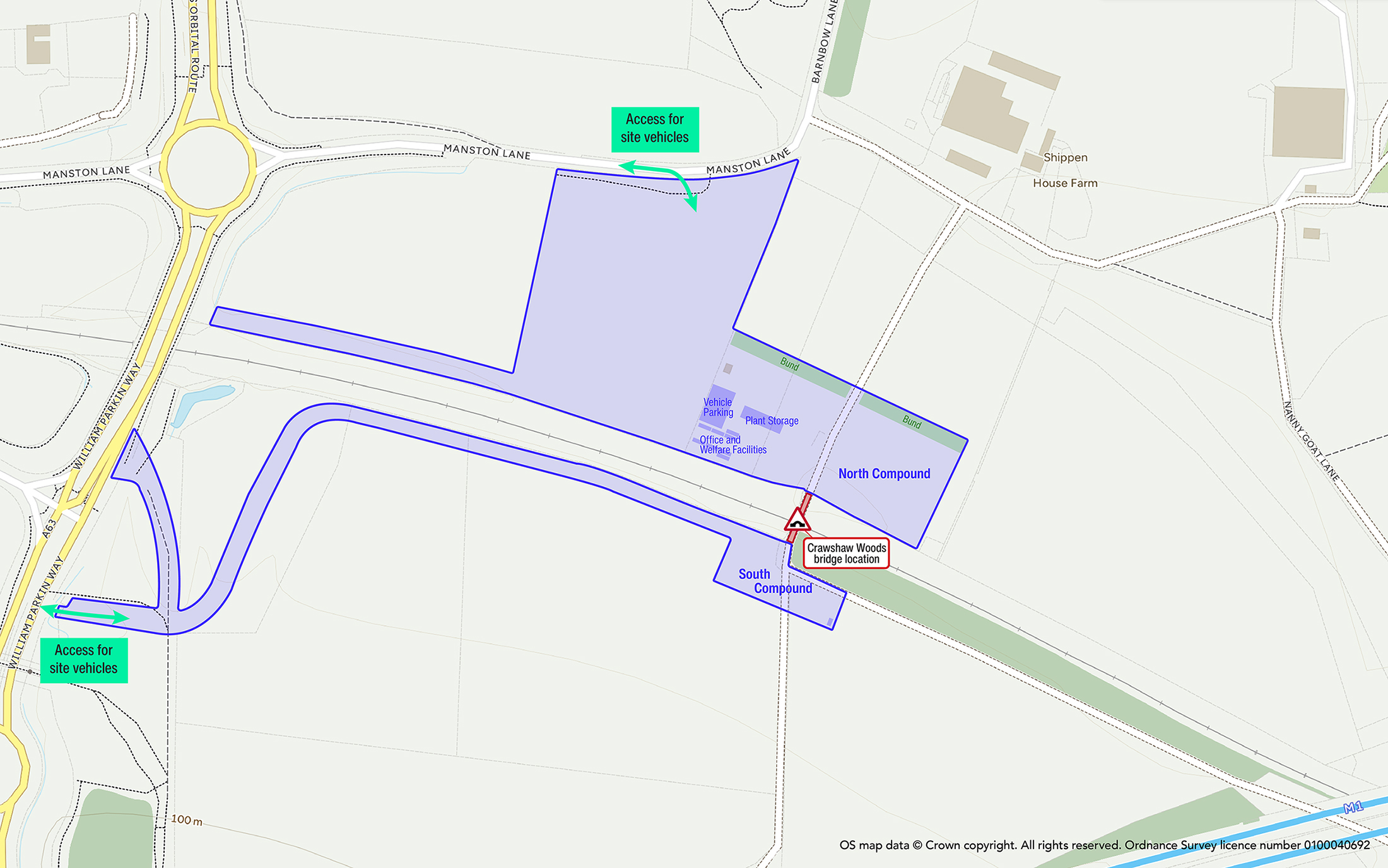
The Public Right of Way across Crawshaw Woods Bridge will be diverted from 30 June 2025.
So, how do you move the world’s oldest cast iron railway bridge?
The answer is very carefully – and that’s exactly what we did over the weekend of 11 & 12 October 2025.
Our team constructed a bespoke arched framework to support the 191-year-old structure, before slowly manoeuvring the Grade II-listed structure in one piece using a specialist 128-wheel self-propelled modular vehicle.
Take a look at the bridge being carefully moved in the video below:
Following the successful movement of bridge, the railway line was restored and re-opened to trains on schedule on the Monday morning.
The cast iron arched girders, bridge deck, parapets, and original iron railings will now be repaired and renovated off-site while additional layers of stone are added to the bridge’s abutments to raise its height by 1.5 metres.
This will create room for the electrification of the Transpennine main line between York, Leeds and Manchester, allowing faster, greener and quieter electric trains to run, before the restored structure is carefully reinstated in Spring 2026 and the Public Right of Way re-opened in June 2026
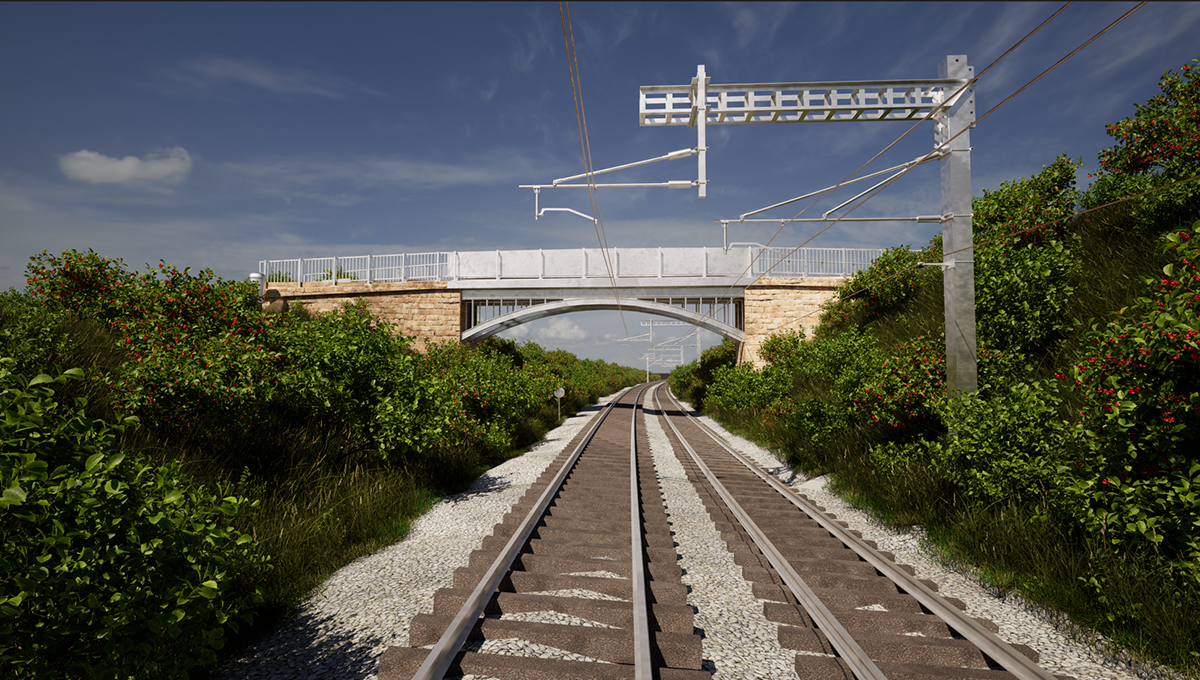
An artist’s impression of the raised and refurbished Crawshaw Woods Bridge
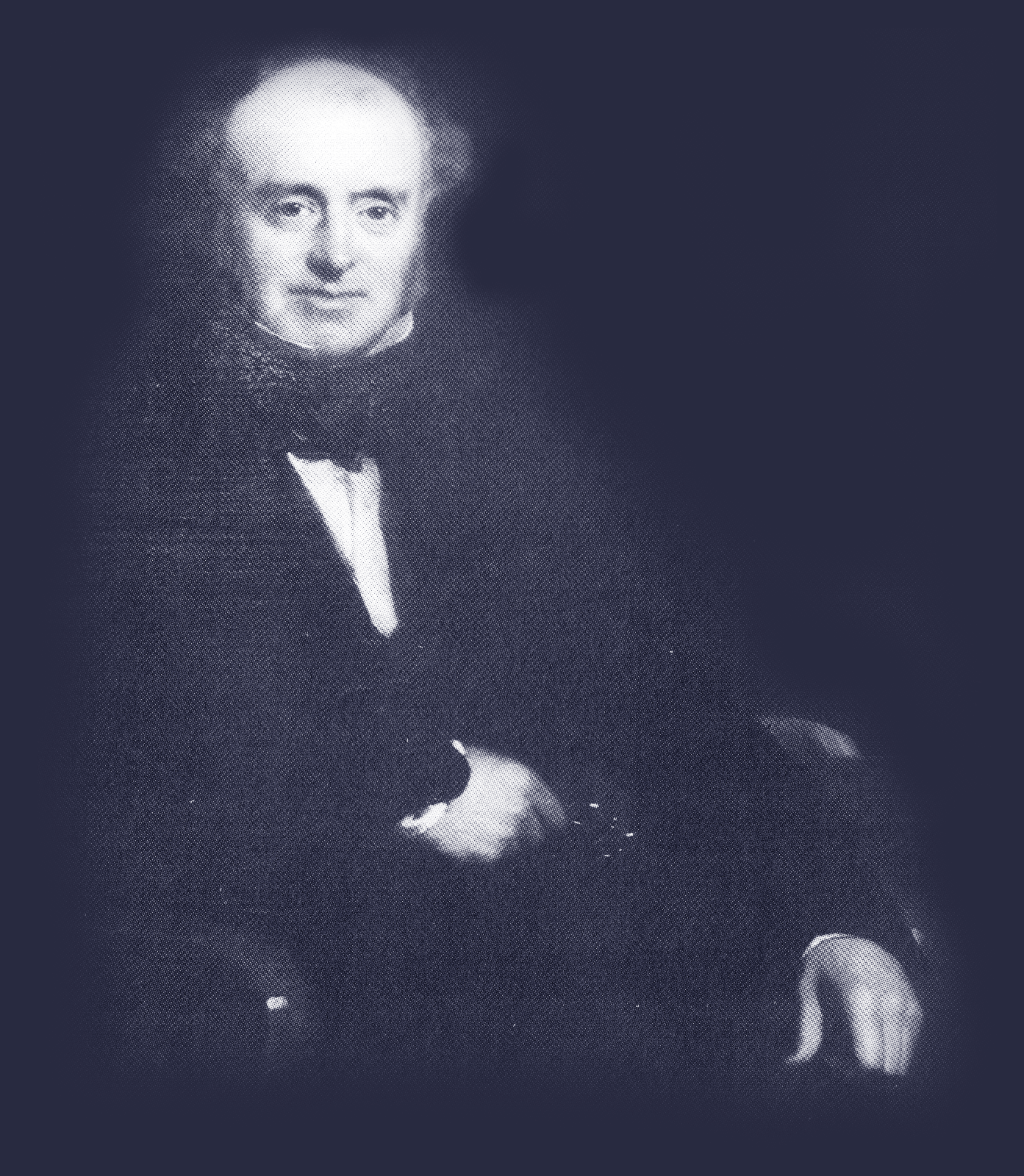 |
James WalkerThe bridge was designed as part of the Leeds & Selby Railway by engineer James Walker, consulting engineer for the railway, and was built by Stanningley Ironworks in Pudsey, who went on to construct two further bridges on the Transpennine main line between Leeds and Huddersfield, over the River Calder and the Calder & Hebble Navigation canal between Dewsbury and Ravensthorpe. He was also responsible for building 22 lighthouses and several harbours, as well as being involved in the Liverpool and Manchester Railway, which opened just before the Leeds & Selby Railway in 1830. He formed a partnership with his pupil Alfred Burges, and the firm became known as the great nursery of civil engineers in England. He died in 1862 at the age of 81 and is buried in his family vault in Edinburgh. |
History of the bridgeCrawshaw Woods is one of only two iron bridges built over the Leeds & Selby Railway, most others being masonry. It was a simply designed structure for the use of farm traffic to Shippen House Farm to the north. It was constructed by the Stanningley Ironworks, based in Leeds, which made many listed structures, including the ironwork for York station roof. It is a single span iron bridge with stone abutments at each end. |
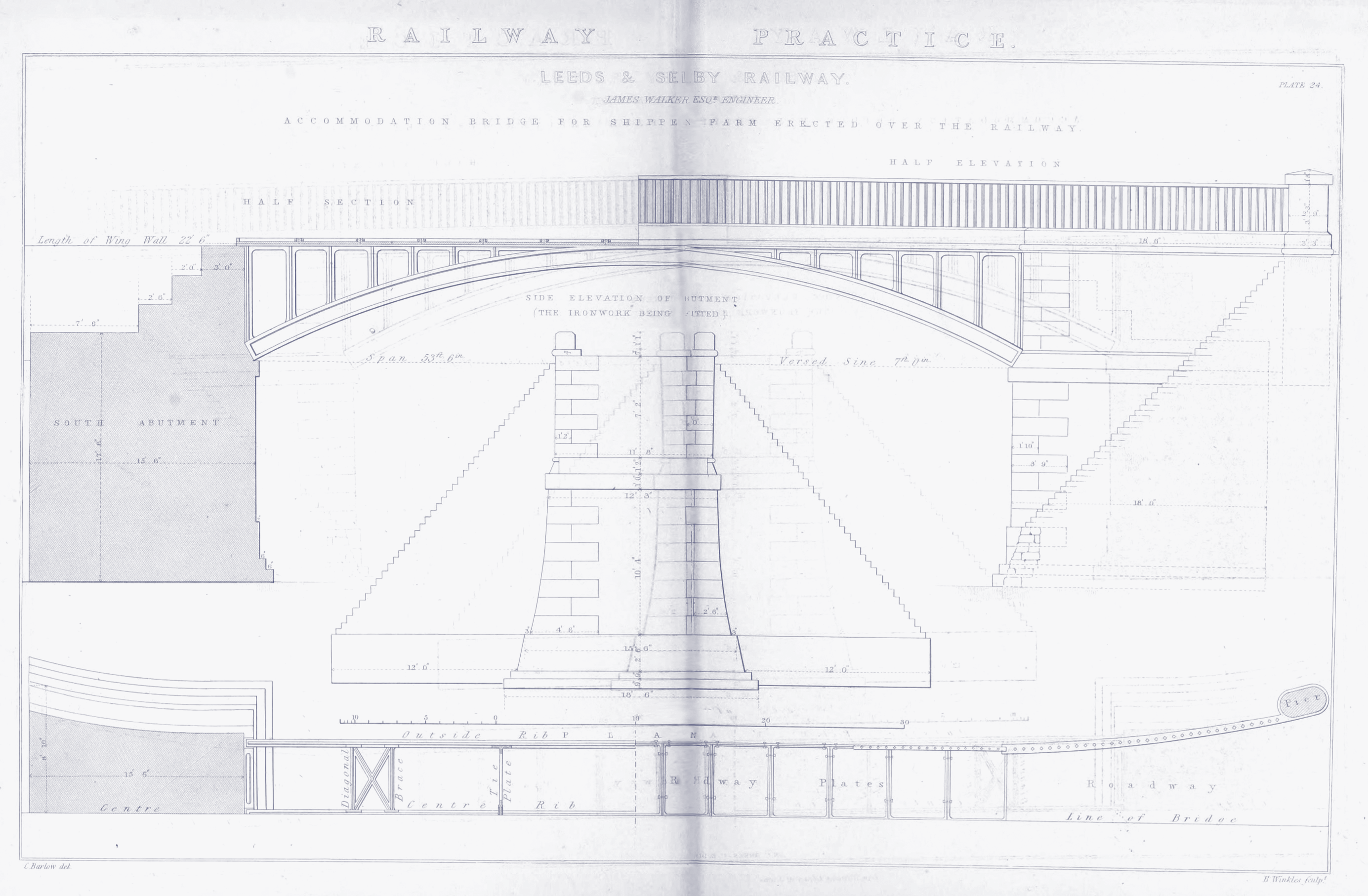 |
|
In 1915, Barnbow Munitions Factory was built to the north of the bridge. About 16,000 people, mostly women, worked there filling shells and cartridges during the Great War. A new halt and sidings were built next to the north end of the bridge at this time. |
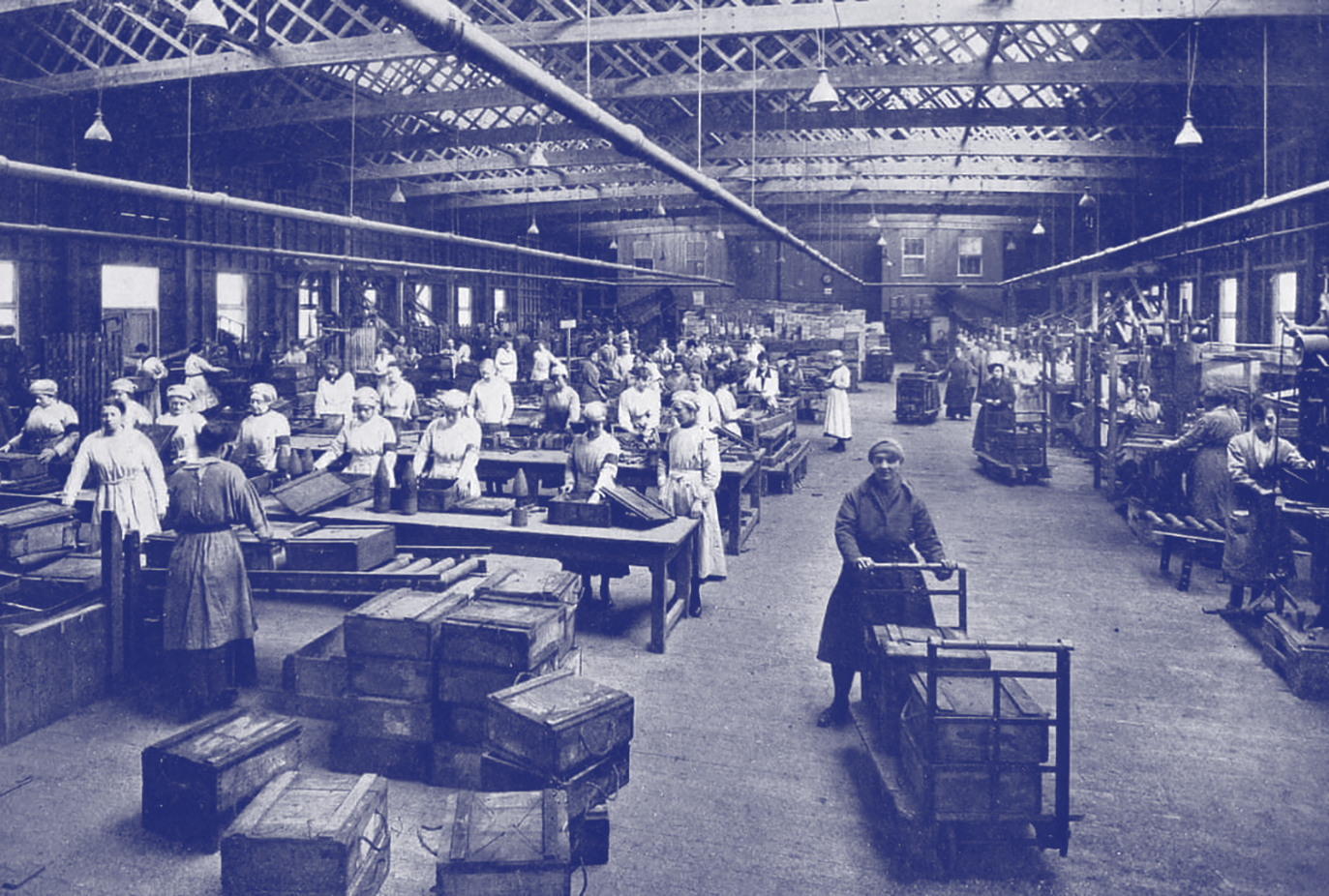 |
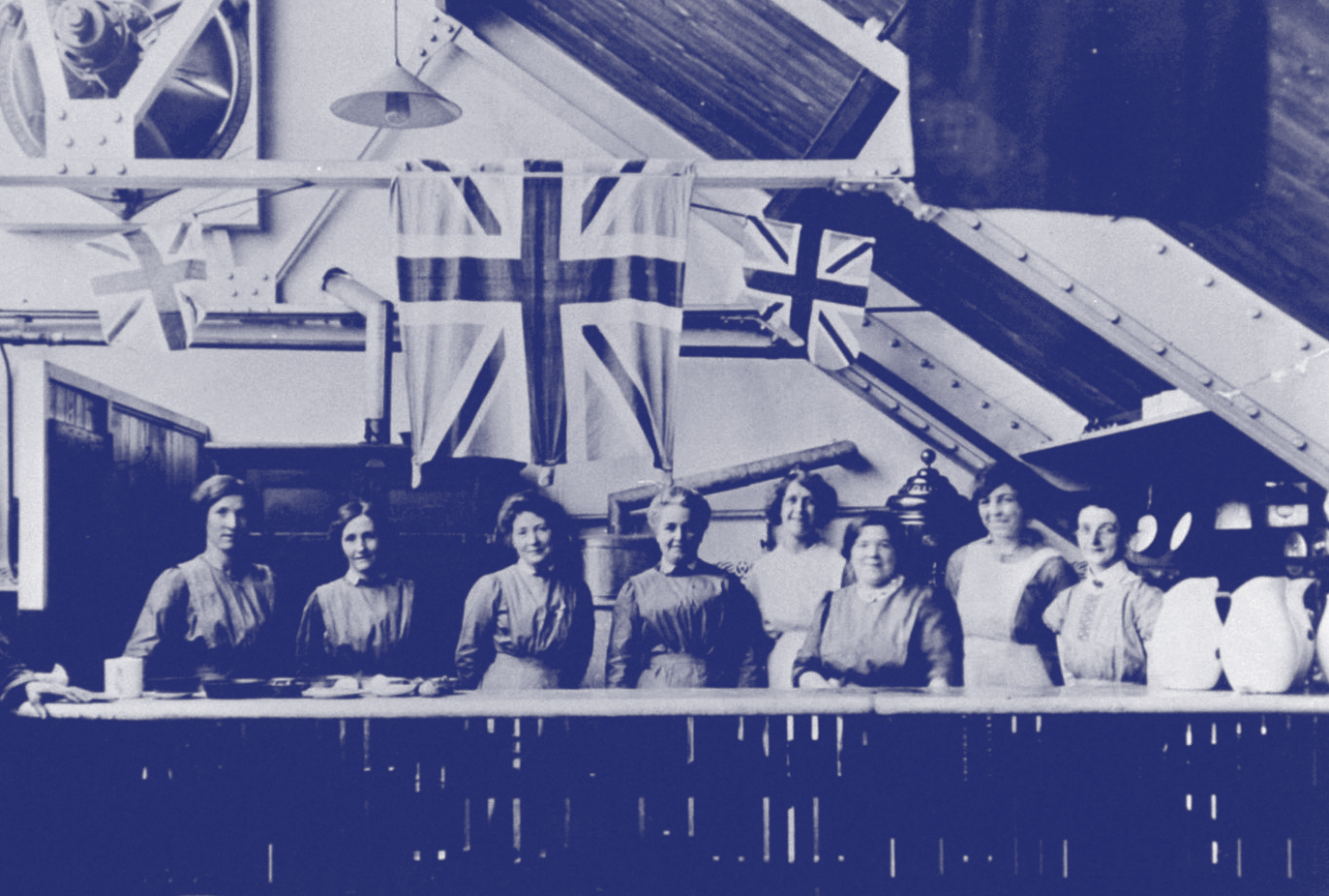 |
|
After the war, a colliery was built on the site which closed in 1930, and the halt and sidings were then dismantled. The bridge was strengthened with a new steel beam over the top and new parapets in 1943. |